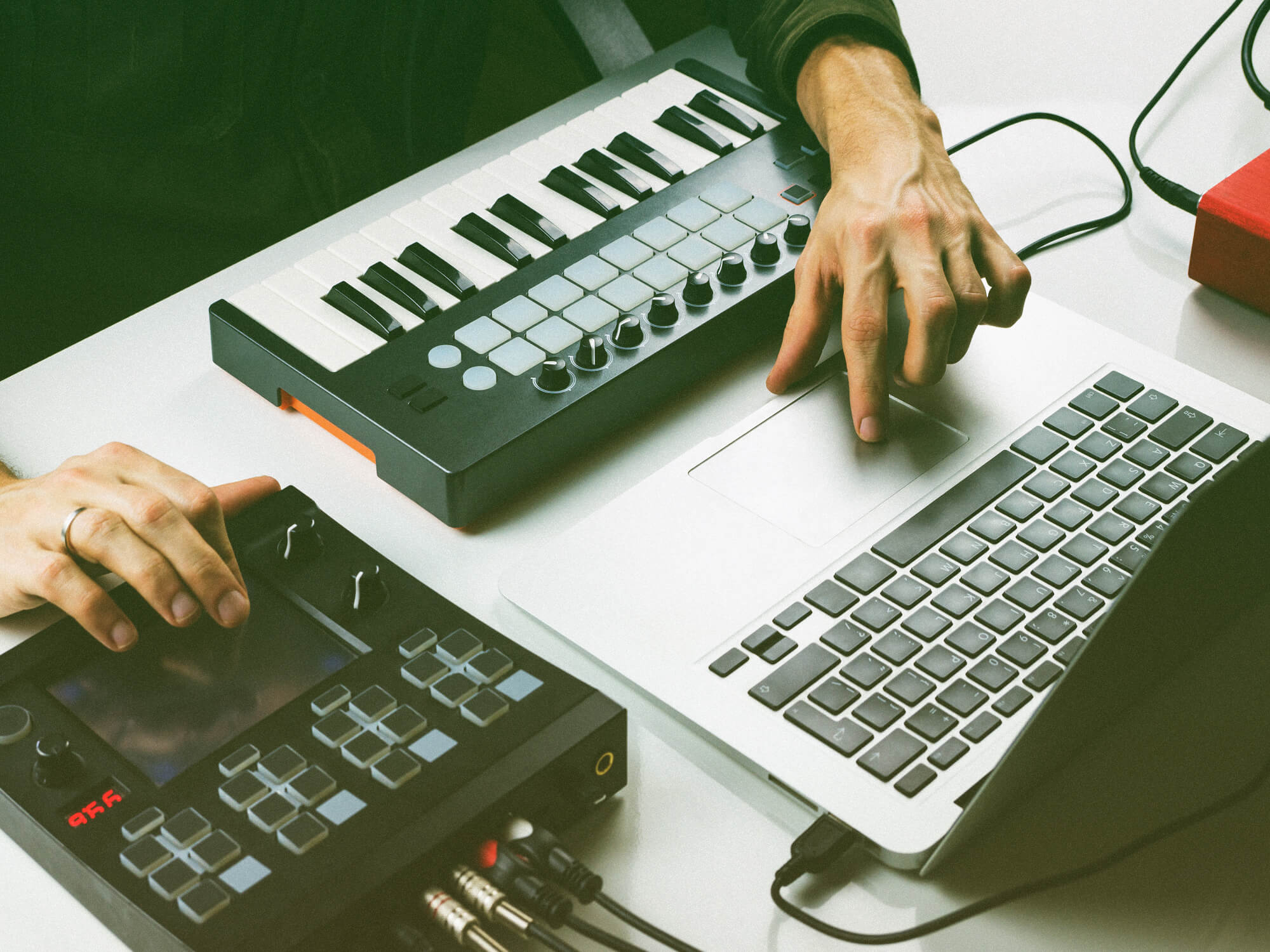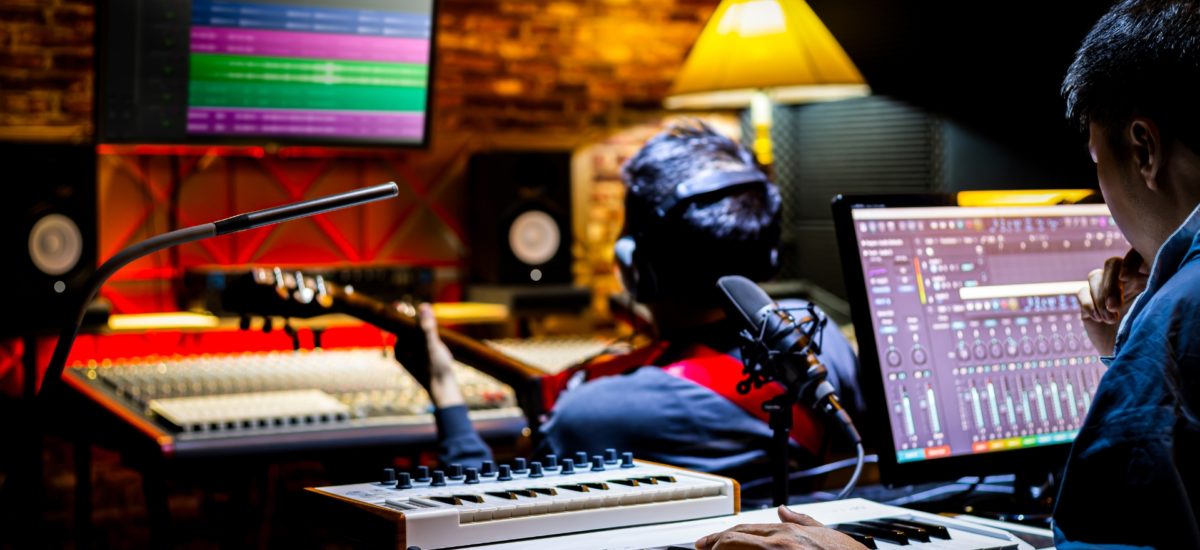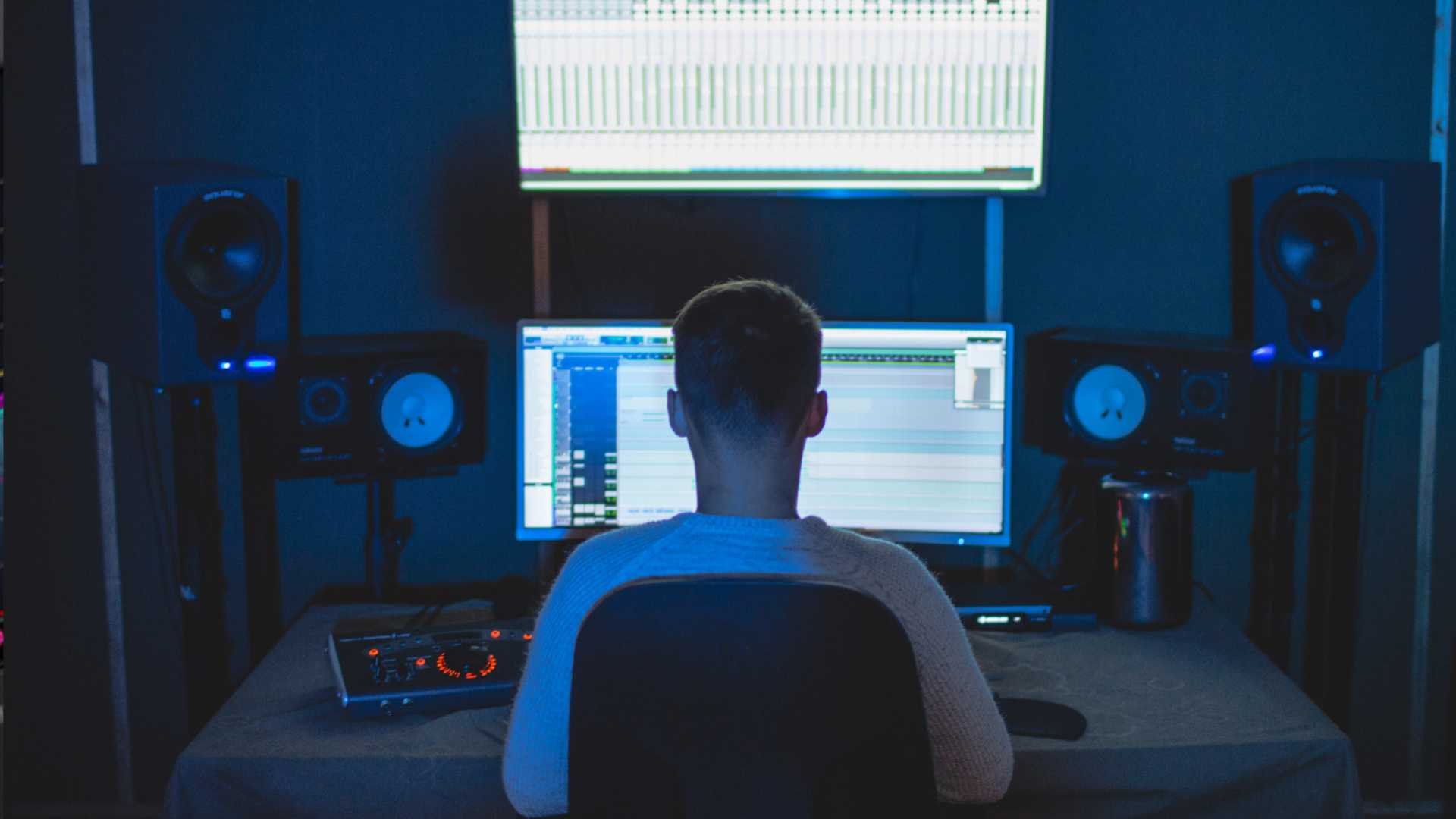The art of music production is a complex and intricate craft that requires creativity, technical know-how, and an understanding of the fundamentals. With the right tools and techniques at hand, its possible to create great sounds and achieve professional results.
In this article, we will discuss 5 essential tips for getting started with your music production project: choosing appropriate equipment, honing in on a sound signature, utilizing effects processors to shape tones, learning from industry professionals, like Raz Klinghoffer, who have mastered their craft and lastly experimenting with different approaches to bring out unique elements in a track.
1. Understanding the Basics of Music Production

Source: musictech.com
The art of music production is a combination of understanding the basics and mastering the techniques. To create great sounds, it helps to first understand the fundamentals such as what equipment is needed, how different instruments work together, and how audio signals are manipulated.
In addition to this knowledge, there are several tips and techniques that can be used to produce professional-sounding results. These include learning about compression and equalization settings, experimenting with effects processing, making use of automation tools for dynamic control over sound levels and timbre changes, as well as using sampling methods to create unique textures in your tracks. Taking time to practice these tips and techniques while also staying informed on new developments in technology can help you become a master at producing quality music.
2. Working with Sound Synthesis and Effects

Source: blog.native-instruments.com
Working with Sound Synthesis and Effects is an important part of the art of music production. This involves manipulating audio signals to create a desired sound or effect. The goal is to enhance the overall quality, depth, and texture of your mix by using various tools such as filter sweeps, distortion, reverb, delay, chorus/flanger effects, and more.
By understanding how these elements interact with one another you can create unique sounds that will make your tracks stand out from the crowd. To get started it’s important to experiment and develop a feel for which tools work best in certain situations. Once you have a good grasp on synthesis and effects it’s time to begin combining them together into larger mixes for a truly captivating sonic experience!
3. Utilizing Recording Techniques to Enhance Your Track

Source: studentfilmmakers.com
Music production is an art form that requires both artistic and technical skills. To create great sounds, one must understand how to utilize recording techniques as part of the process. Here are five tips and techniques for creating a better-sounding track:
- First, use high-quality equipment. Invest in good microphones, preamps, converters, and other components so you can get professional sound quality.
- Second, experiment with different microphone placements to capture different tones from your instruments or vocals.
- Thirdly, record several takes of each instrument or vocal part to give yourself more options during post-production editing sessions.
- Fourthly, make sure all the levels are balanced when mixing down the track; too much of one element can distort the overall sound.
- Finally, add effects such as reverb or delay to enhance certain elements within your mix and make it stand out even more!
By following these steps and taking advantage of recording techniques like these you will be able to create great-sounding tracks that have impactful sonic qualities that will really bring your music alive!
4. Mastering and Mixdown Strategies for Professional Results
Mastering and mixdown strategies are essential for achieving professional results in music production. In order to make a track sound its best, the producer needs to know how to use EQ, compression, panning, and other effects appropriately. Additionally, mastering techniques such as level-matching can help create a balanced sound across all elements of the song. Lastly, mixdown strategies like routing signals through buses and setting up sends can result in a polished end product that translates well on different systems. With these tips and techniques in mind, producers should be able to craft great-sounding tracks with ease!
5. Tips and Tricks for Getting Creative With Your Production

Source: pro-tools-expert.com
The art of music production, although often overlooked by new artists or producers, is an essential part of creating great-sounding music. To help you get creative with your production and create amazing sounds, here are five tips and tricks to keep in mind:
First, experiment with different tools and techniques to find what works best for the song. Try out various mixing styles such as equalization (EQ), compression, and panning. Consider using effects like reverb or delay to add depth to a track. Play around with synth sounds and samples until they fit perfectly into the mix. Finally, when it comes time to master the track make sure that everything is balanced properly so that each instrument can be heard clearly without competing against one another in volume levels.
Second, listen back critically at every step of the process; take notes on what needs improvement or changes, and then adjust accordingly. Use reference tracks from other musicians who are making similar types of music for comparison purposes if needed – this will give you a better idea of how your own work stacks up against industry standards.
Thirdly, don’t be afraid to push yourself creatively by trying something different every now and then – even if it doesn’t turn out exactly as planned! Experimenting with unique sound sources or recording techniques can lead to unexpected results which may end up being extremely rewarding down the line when crafting a full piece of work together later on in the project life-cycle process.
Fourthly consider investing in some high-quality monitoring hardware; having speakers that accurately reproduce audio frequencies will greatly improve your ability to produce accurate mixes at any stage during post-production processing stages too – resulting in more professional sounding results overall! Lastly, remember that practice makes perfect when it comes to producing great-sounding tracks so don’t give up if things aren’t working out right away- just keep experimenting until you find something that works well both artistically & technically speaking!
Conclusion
In conclusion, the art of music production is one that can be learned with dedication and practice. By following these five tips and techniques for creating great sounds, you should now have a better understanding of how to produce high-quality audio recordings in any recording studio. Not only are these techniques useful for producing professional-sounding recordings, but they also provide an opportunity to explore different avenues of creativity while honing your craft. Ultimately, the key to success lies within yourself – so don’t forget to have fun!




